Jatin Das, a towering figure in contemporary Indian art, exemplifies the fusion of creativity, cultural preservation, and a profound connection to Indianness. With a career spanning over six decades, Das’s journey reflects an unwavering commitment to artistic excellence and the rich heritage of India. A graduate of the prestigious Sir J.J. School of Art in Mumbai, he has mastered diverse mediums, including oils, watercolours, ink, and conte, showcasing his unparalleled versatility.
His works, celebrated for their vibrant colours and dynamic strokes, delve into the essence of human figures, emotions, and relationships, offering a raw, unfiltered glimpse into the human experience. Among his masterpieces are monumental murals, such as the renowned creation at the Parliament of India, which stand as a testament to his artistic prowess.
Beyond his canvases, Das is a passionate advocate for cultural conservation. As Chairman of the JD Centre of Art in Bhubaneswar, Odisha, he leads efforts to nurture and promote India’s artistic and cultural heritage. His multifaceted talent extends to sculpture and poetry, where he skillfully blends visual and literary storytelling. Over the years, Das has received numerous accolades, including the prestigious Padma Bhushan in 2012, underscoring his profound impact on the world of art. With exhibitions across the globe, his work not only captivates audiences but also provides a profound commentary on humanity, solidifying his legacy as one of India’s most iconic artists.
In an exclusive conversation with The Interview World, Jatin Das shared his thoughts during the inauguration of the Gandhi Darshan Art Gallery, a significant event graced by Om Birla, Speaker of the Parliament. He reflected on the enduring relevance of Mahatma Gandhi, offered nuanced perspectives on the evolving approaches of new sculptors, and provided insights into the work of contemporary Indian artists. Das emphasized the importance of embedding Indianness in artistic expressions, urging emerging artists to draw inspiration from the nation’s cultural roots while charting their creative journeys.
Q: How do you perceive the relevance of Mahatma Gandhi’s philosophy in the 21st century?
A: Allow me to share this through a personal anecdote. In 2001, I created a mural for the Indian Parliament, which was inaugurated by Atal Bihari Vajpayee. When approached to design the mural, I proposed a journey spanning from Mohenjo-daro and Harappa to Mahatma Gandhi. However, they urged me to elaborate solely on Gandhi ji. In response, I humbly remarked, “What more can I say about a figure as monumental as Gandhi ji?” His relevance, I emphasized, transcends time and remains universal.
Q: What is your perspective on the approaches of new artists working in the field of sculpture today?
A: India is widely recognized as one of the greatest nations in the world. Yet, over time, its people have become increasingly superficial, business-driven, and overly focused on wealth. This was not always the case. Historically, India stood apart for its profound values and deep cultural ethos.
The real culprit lies in our education system. British politician Thomas Babington Macaulay, addressing the British Parliament, once acknowledged that India’s education system was superior to that of England. However, he proposed reshaping it to produce clerks who would serve colonial interests. This deliberate distortion shifted India’s focus, eroding its innate depth and originality.
Despite this, India’s roots remain extraordinary. The country’s foundational ethos is unparalleled, representing one of the highest intellectual and cultural standards globally. We must strive to preserve this essence and draw lessons from our rich heritage. Sadly, the spirit of Indianness seems to be fading, and we must work collectively to revive it.
Q: How do you compare the art created by contemporary Indian artists with that of their counterparts from other countries?
A: Today, there is a growing trend of emulating the Western world. However, India’s original art forms were of exceptional quality. Our architecture, music, dance, sculpture, and painting were once paragons of excellence. In stark contrast, much of what is labelled as modern art today comes across as crude and lacking substance. While the country is home to numerous talented artists, we increasingly draw inspiration from the West, losing touch with our Indianness. Take classical music, for example. A true classical artist commits to daily practice, often dedicating time both in the morning and evening. Unfortunately, many contemporary artists do not maintain such rigorous discipline.
Q: What advice would you offer to such artists?
A: The responsibility does not lie with our artists but with our flawed education system. Art exists in everything—architecture, dance, and beyond. To preserve its unparalleled quality, we must draw deeply from our cultural heritage. Critics may accuse me of romanticizing the past, but I am not. Our cultural essence transcends time; it is both our legacy and our living reality. Consider the sun and moon—they belong to the past, yet they illuminate the present. Similarly, a sapling grows into a tree, bearing flowers, fruits, and shade over time. These ideas cannot be distilled into mere moments; they require thoughtful exploration.
When we speak of modern art, it is not only vulgar but also perplexingly detached. Art is a continuum, an evolving journey—not something confined to the present alone. It carries the weight of history and flows seamlessly into the future. As people of this land, we must embrace its language, cuisine, music, dance, theatre, and painting—everything that reflects our Indian ethos. This context of “Indianness” is profoundly powerful. It demands not only acknowledgment but wholehearted assimilation into our lives.


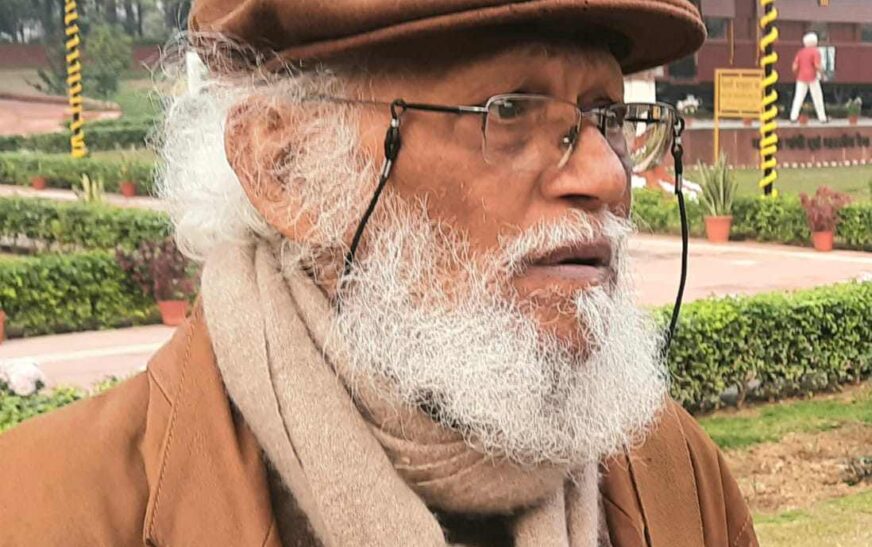

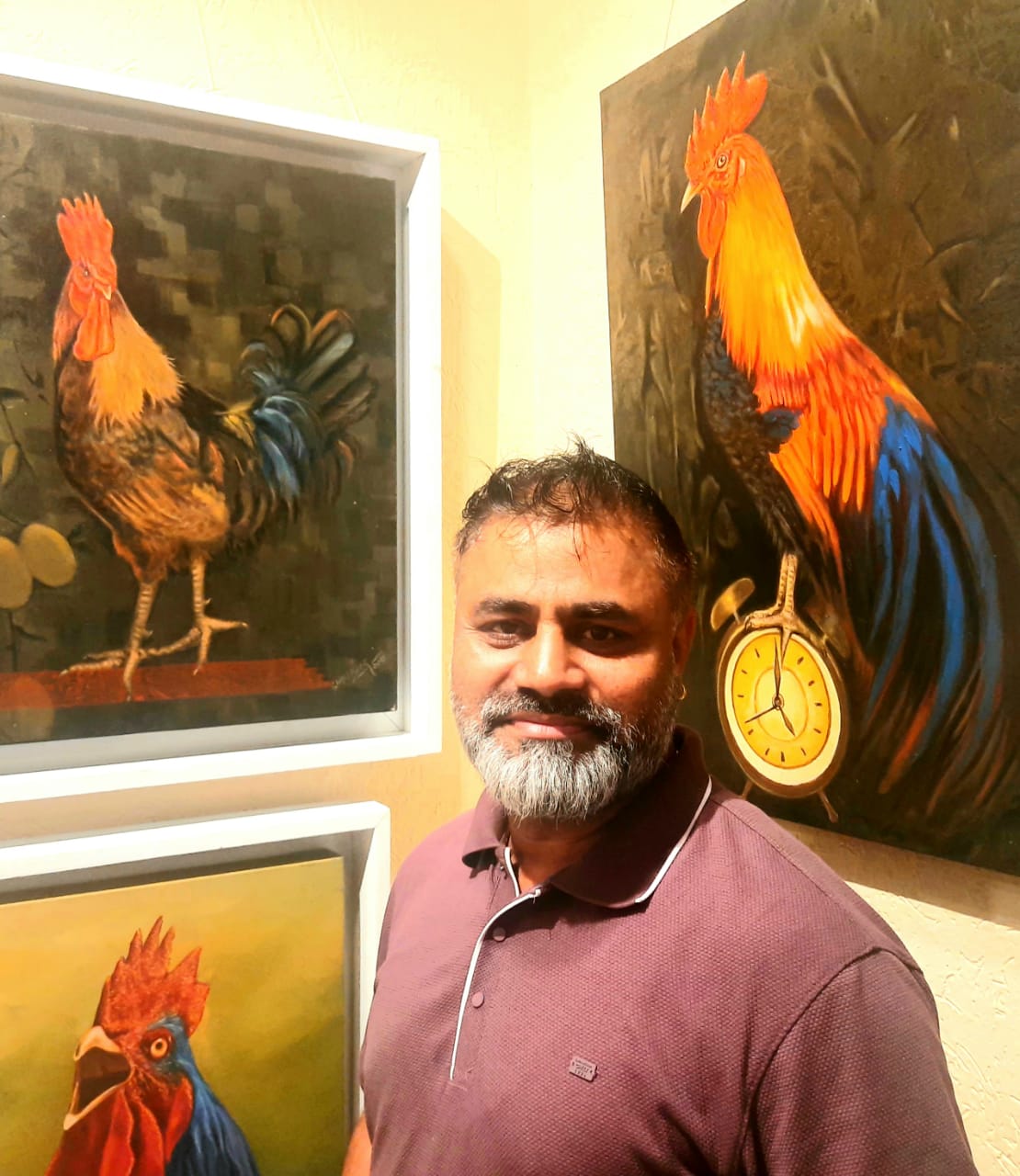

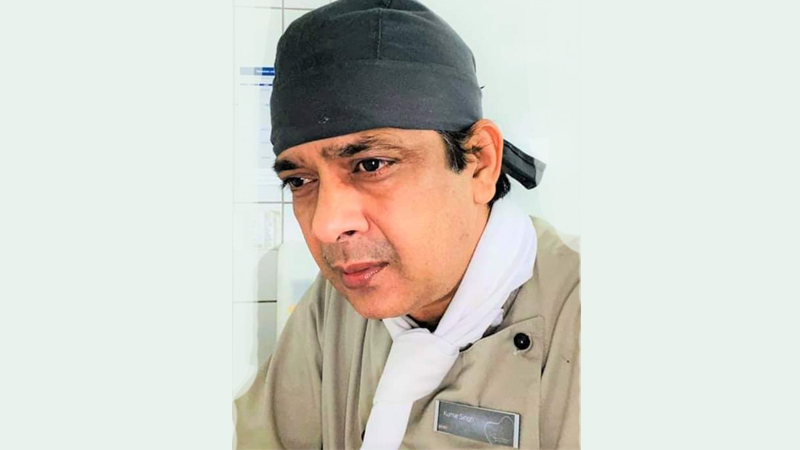
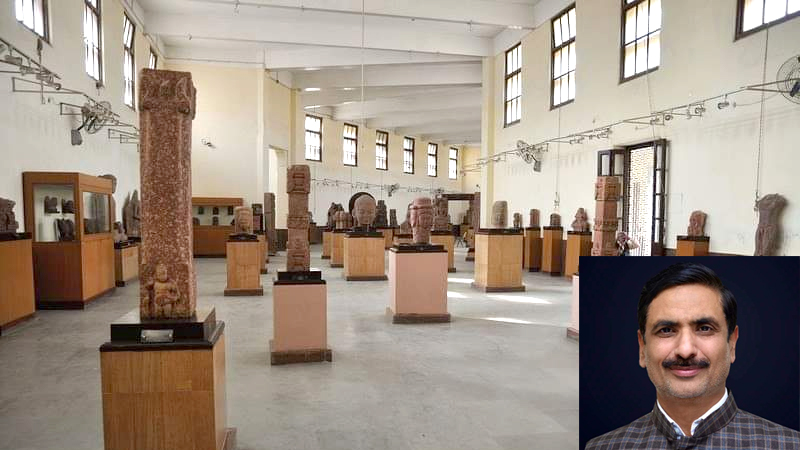
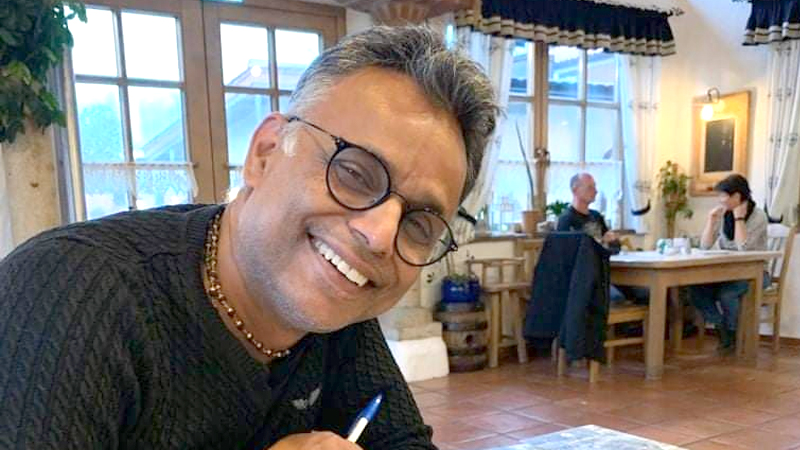

2 Comments
Super
“Amazing post, keep up the good work!”
Comments are closed.